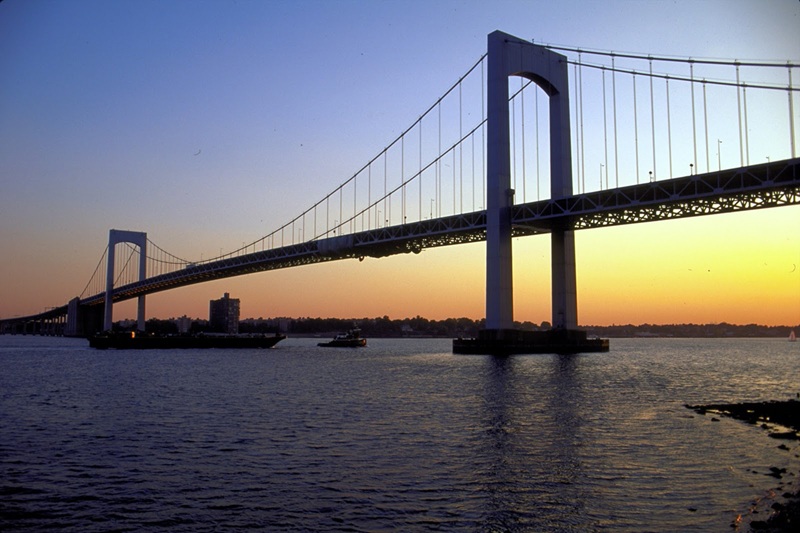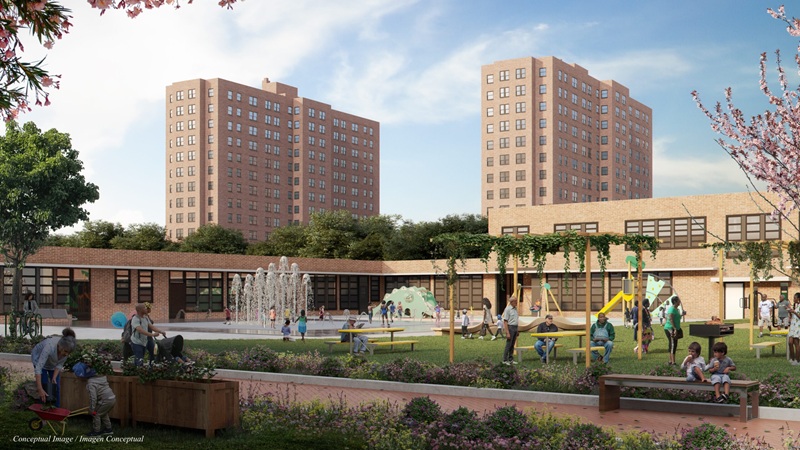
Throggs Neck is a waterfront neighborhood located in the southeastern portion of the Bronx, New York City. This residential area is known for its quiet suburban atmosphere, scenic views, and rich history. Situated along the eastern shore of the Bronx, Throggs Neck is bordered by the East River to the west, the Long Island Sound to the north, and the neighborhoods of Pelham Bay and Ferry Point to the east and south.
History
Throggs Neck’s history dates back to the early colonial era. The name “Throggs Neck” is believed to be derived from a Dutch settler named Adriaen van der Donck, who first named the area “Throgg’s Neck” in reference to a local landowner. The term “neck” refers to a narrow piece of land that connects two larger landmasses, which is an accurate description of the geographical features of the area.
Throggs Neck became a more significant part of New York’s urban development in the 19th century, as the area grew from farmland to a residential community. The neighborhood’s growth was spurred by the construction of bridges, particularly the Throgs Neck Bridge, which opened in 1961. This bridge connects the Bronx to Queens and facilitates easy access to the rest of the city.
Community and Culture
Throggs Neck has long been known for its suburban vibe, which contrasts with the more urbanized areas of the Bronx. The area’s housing is primarily composed of single-family homes, townhouses, and small apartment buildings, contributing to its quieter and more family-oriented atmosphere. The neighborhood also boasts green spaces, including parks and sports fields, where residents enjoy outdoor activities.
Culturally, Throggs Neck is a melting pot of ethnic groups. While the area was historically home to Italian-American families, in recent decades, it has seen an influx of immigrants from Latin American countries, adding to the diversity of the neighborhood. The community is home to a number of schools, local businesses, and religious institutions, contributing to a close-knit and vibrant atmosphere.
Landmarks and Attractions
One of Throggs Neck’s most notable landmarks is the Throgs Neck Bridge, a major transportation route that spans the East River and connects the Bronx with Queens. The bridge is a defining feature of the skyline in the area, and its presence has made the neighborhood an important hub for commuters.
Another point of interest is the Pelham Bay Park, one of the largest parks in New York City, located just to the north of Throggs Neck. The park offers numerous recreational opportunities, including hiking trails, sports fields, and a beach. The park is home to the historic Bartow-Pell Mansion, which serves as a museum and cultural center, offering a glimpse into the area’s history.
Additionally, Throggs Neck’s waterfront is a popular spot for fishing, boating, and sightseeing. The neighborhood is also home to a number of local businesses, such as family-owned restaurants and shops, that add to its charm.
Economy and Development
While Throggs Neck remains predominantly residential, it has experienced slow but steady economic development. Small businesses thrive in the area, with many local eateries offering Italian and Latin American cuisine. The neighborhood also benefits from its proximity to larger commercial areas, such as the Bay Plaza Shopping Center, one of the Bronx’s largest retail hubs, which is located a short drive away.
As New York City continues to grow, Throggs Neck faces challenges related to urbanization and development, including concerns about maintaining its residential character while accommodating growth and development. However, community organizations and local leaders work diligently to preserve the neighborhood’s history and quality of life for residents.
Transportation
Throggs Neck is well-connected to other parts of New York City via several major roads and transportation options. The Throgs Neck Bridge provides a direct connection to Queens and Long Island, while the nearby Hutchinson River Parkway offers easy access to the Bronx and Manhattan. Public transportation is also available, with bus routes linking Throggs Neck to subway stations in other parts of the Bronx.
Conclusion
Throggs Neck is a unique and historic neighborhood in the Bronx that offers a blend of suburban living with easy access to the urban amenities of New York City. Its scenic waterfront, quiet residential streets, and community-oriented atmosphere make it an attractive place for families and individuals seeking a quieter lifestyle within reach of the city. As Throggs Neck continues to evolve, it remains a vibrant and integral part of the Bronx’s diverse tapestry.

